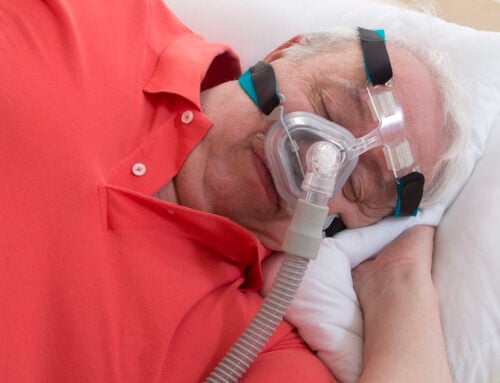A Frosty Approach To Health
Under freezing temperatures, cells can survive for long periods. This concept is what fertility clinics use to store embryos. However, at even lower temperatures, cells can die. This concept is what doctors use for cryotherapy. Cryotherapy is a treatment technique that uses extreme cold to remove damaged tissue. The process requires liquid nitrogen, a compound that can stay in a liquid state at low temperatures. Cryotherapy may sound extreme or dangerous, but the treatment is a safe, long-lasting solution to several skin issues.

Benefits of cryotherapy
Most uses of cryotherapy involve the skin. Dermatologists and surgeons use liquid nitrogen to remove skin tags, warts, keloids, scarring, and other blemishes. Cryotherapy also helps treat skin cancer, bone cancer, cervical cancer, and much more. This treatment is minimally invasive, allowing the patient to avoid incisions and infections. Cryotherapy also avoids damaging nearby tissue and has a high success rate. The use of liquid nitrogen and cryotherapy has even evolved to assist the entire body. Now cryochambers with liquid nitrogen at specific temperatures help the entire body speed up recovery.
Is the process painful?
There is a common misconception that liquid nitrogen treatment is painful. Will the extreme cold cause frostbite? Patients will be pleased to hear that cryotherapy is safe with minimal discomfort. The doctor will use just a tiny amount of nitrogen with a probe, swab, or spray device on the targeted area. There will be a short, sharp pain, similar to holding ice for a lengthy period. The pain is usually bearable but can last for a few days.
What should you expect after cryotherapy?
Most cryotherapy procedures take less than 30 minutes. The treatment area may stay red or discolored with some blistering. In the coming days, the treatment area, like a wart, will fall off. A scab will form, which can cause some itching and discomfort. The itching subsides in a few more days, and patients will feel and see better results. For severe conditions like skin cancer, a follow-up visit with the doctor is necessary to review any progress.
Is cryotherapy for everyone?
Liquid nitrogen targets a specific area of the skin. Therefore, cryotherapy is a safe, effective procedure that almost anyone can use. A doctor or dermatologist will perform medical checks before approving the procedure. Like any other medical treatment, there are risks. Some common complications include infection, damage to nearby healthy skin, blisters, and pain. These complications are rare, however, since doctors are versed in the safety and application of liquid nitrogen.
A bearable treatment option
The liquid nitrogen in cryotherapy has some fantastic benefits. Doctors can safely yet effectively treat issues involving diseased tissue, scarring, or other skin conditions. The tissue and cells are destroyed over time, and some patients may require multiple sessions. Cryotherapy may form part of a holistic approach to finally treating a long-standing concern, improving the patient’s quality of life.




